Ideally, a new pair of shoes should be comfortable and fashionable. However, you may find a lot of options in footwear shops that meet these 2 criteria, but at the same time their quality is so bad that they won’t last long. We decided to find out what things you should pay attention to in order to choose a really high-quality pair.
Check the shoes for smudges and glue marks.
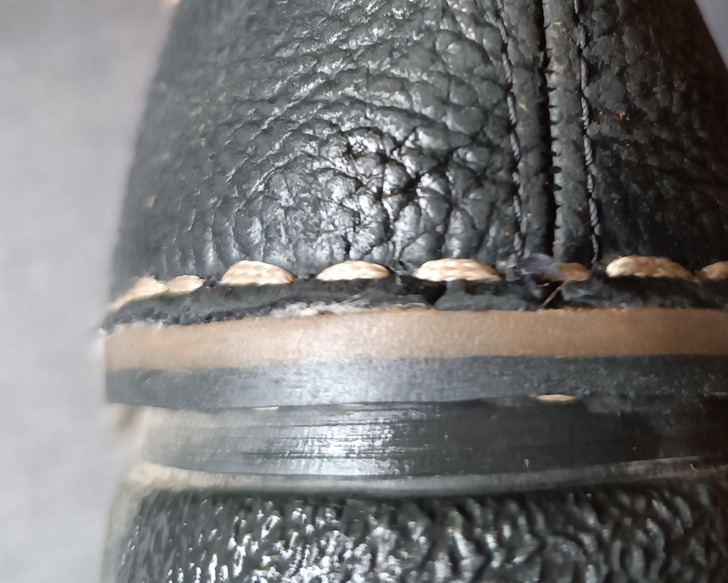
Manufacturers often use glue to stick together different parts of the shoe. If the glue is of high quality and the work is done properly, the pair will last a long time. However, small glue drips in the spots where parts meet or traces of glue on the surface indicate that you are looking at low-quality shoes and that there were issues during production.
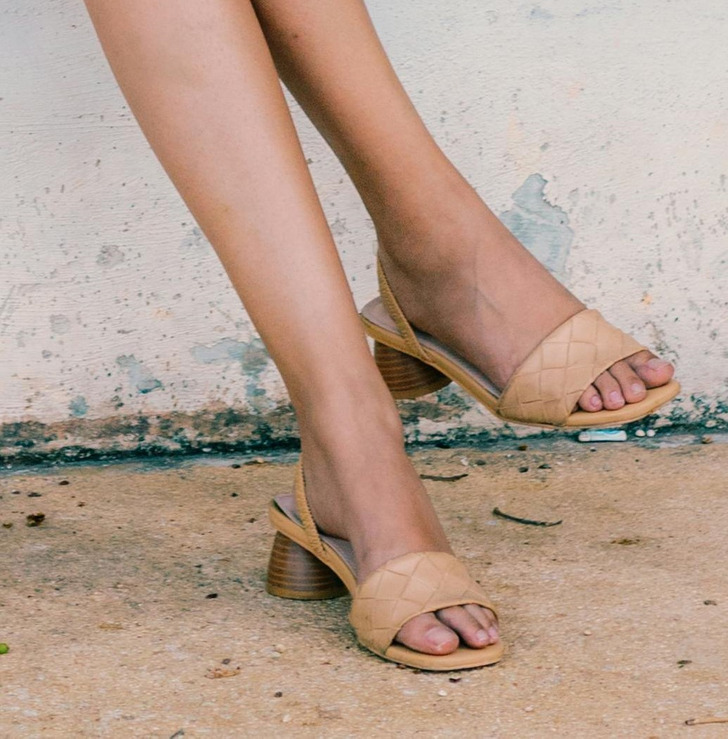
When a part of the shoe, its sole or insole, comes off a bit, it means the shoemaker probably used bad or expired glue, and this pair will fall apart quickly.
Examine whether the pair is symmetrical.
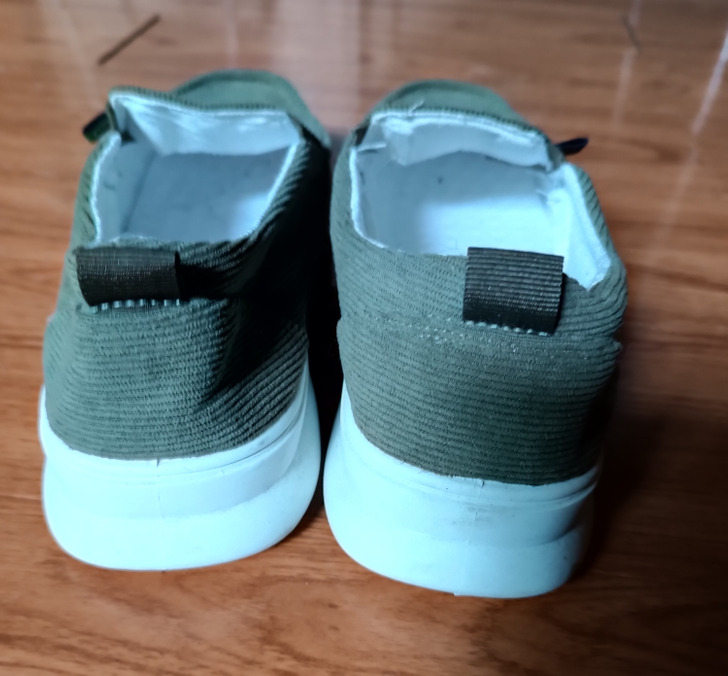
Quality shoes in a pair should be symmetrical, and any differences between the right and left shoes most likely indicate a defect. To check this, you need to put the soles of both shoes together and see if they match in length and width.
It’s also worth putting the pair on the floor to understand whether the height and outline of the upper edge of the heel are symmetrical. If the soles are painted in different colors, check whether the paint is within the borders of the sole and whether the pattern matches. Gross irregularities in symmetry indicate that the manufacturer didn’t pay much attention to quality.
Check the seams carefully.
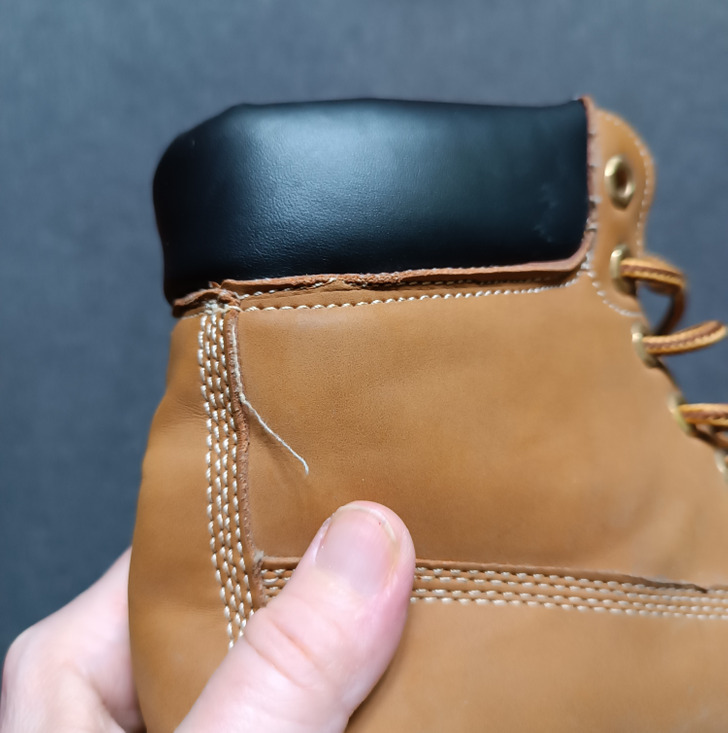
Any uneven or diverging seams make shoes look not that good. This happens if the manufacturer used too thin threads or the work was done poorly. As a result, such a pair will fall apart much faster. It’s also necessary to check the uniformity of stitches and the evenness of the seam itself.
If its line is curved or zigzag-looking, this means that the shoes you’re looking at are of poor quality and will lose their appearance in a couple of months. And zigzag-looking stitch is often used to hide the imperfections of the stitching.
Examine the heels.
The heel must be firmly attached to the sole and not wobble. It’s necessary to look at the shoes from the side. In good quality pumps, the high heels are positioned exactly under the center of the heel and touch the ground at a slight incline.
It’s worth looking carefully at the heels from behind – any deviation of the heels from the angle of 90⁰ indicates a defective product. Moreover, these shoes are simply dangerous to wear – this may lead to ankle injuries.
Loose eyelets are a bad sign.
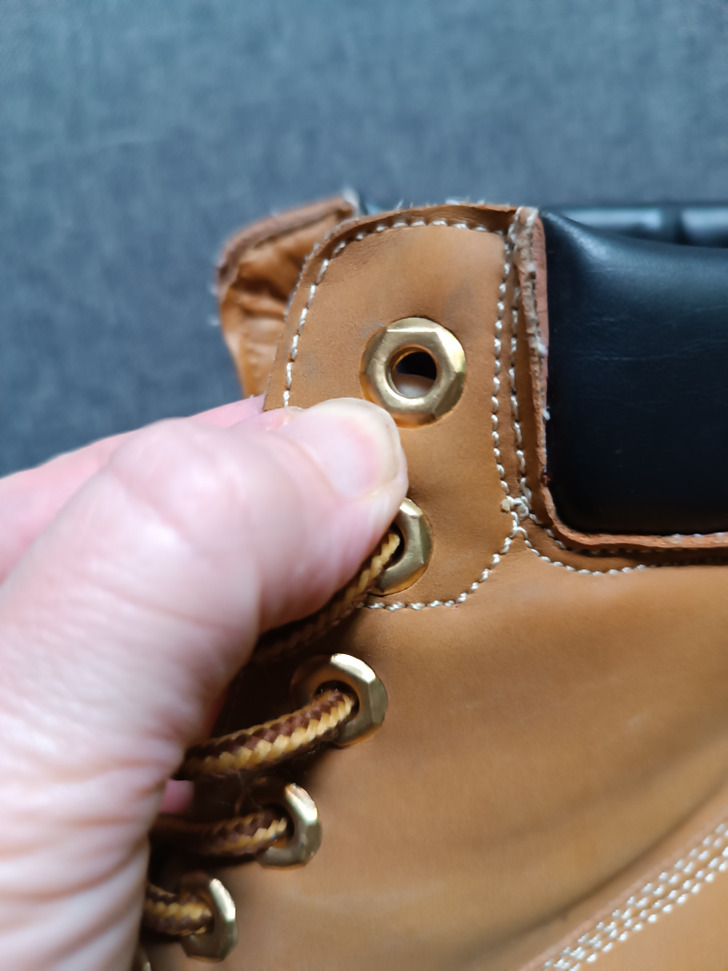
Any metal or plastic parts on the shoe (especially those that come into contact with the skin) should be tightly fastened. Thus, it’s worth carefully examining the eyelets for laces. Although this defect is quite rare, it can lead to wearer’s injury.
You should also check how well any embellishments are attached to the shoe. If they fall off at one point, the pair won’t look good anymore.
Carefully inspect the inside of the shoe.
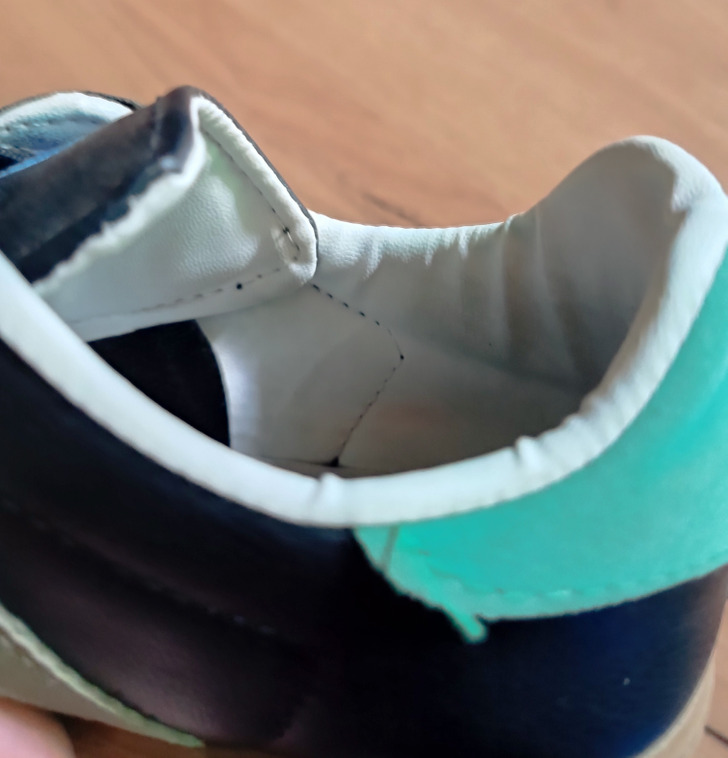
Some manufacturers save on the training of workers and don’t calibrate equipment before the production of a new product line. As a result, shoes, boots and sneakers may have seemingly insignificant defects such as wrinkles and creases. If these defects are small, they won’t cause much trouble to the wearer. But large creases can rub the skin while walking, which will lead to abrasions and blisters on the feet.
Examine the insoles.
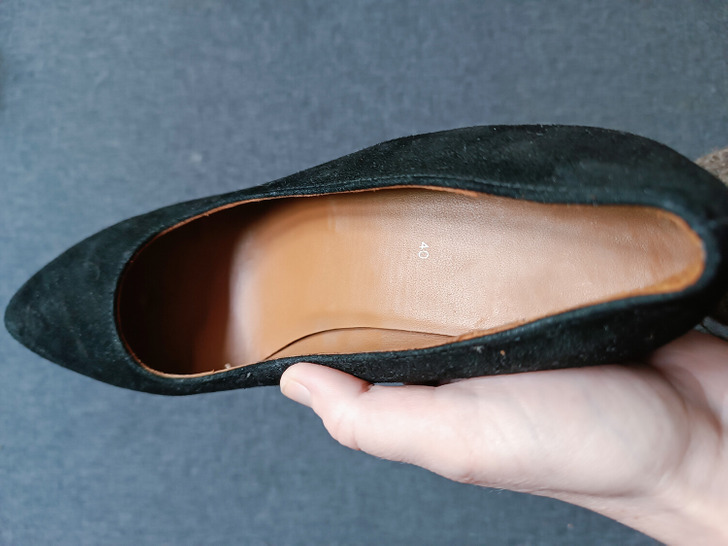
Even if a shoe looks perfect from the outside, you need to scrutinize it from the inside too. If the insoles show small wrinkles and creases, this pair is likely to be uncomfortable to wear. In addition, you should carefully feel the insoles to make sure that there are no bubbles on them.
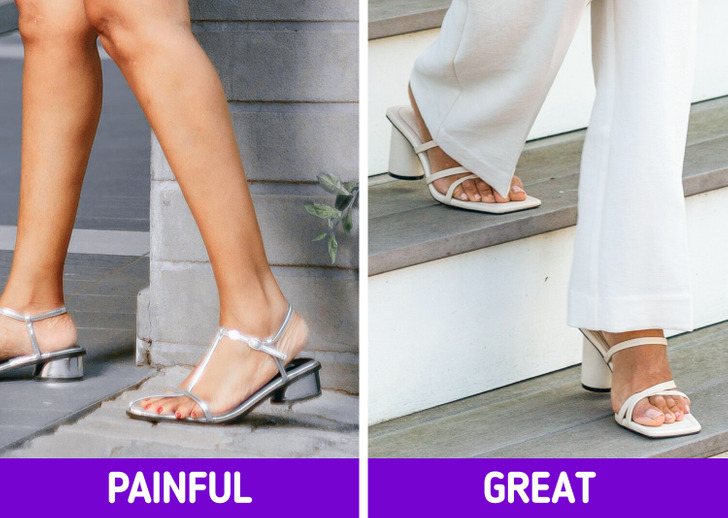
Another important thing is that there must be cushioning between the insole and the sole, especially in the toe and heel area. Otherwise, a long walk in these shoes will make not only your feet and legs sore, but also your back.
Check how the shoes smell.
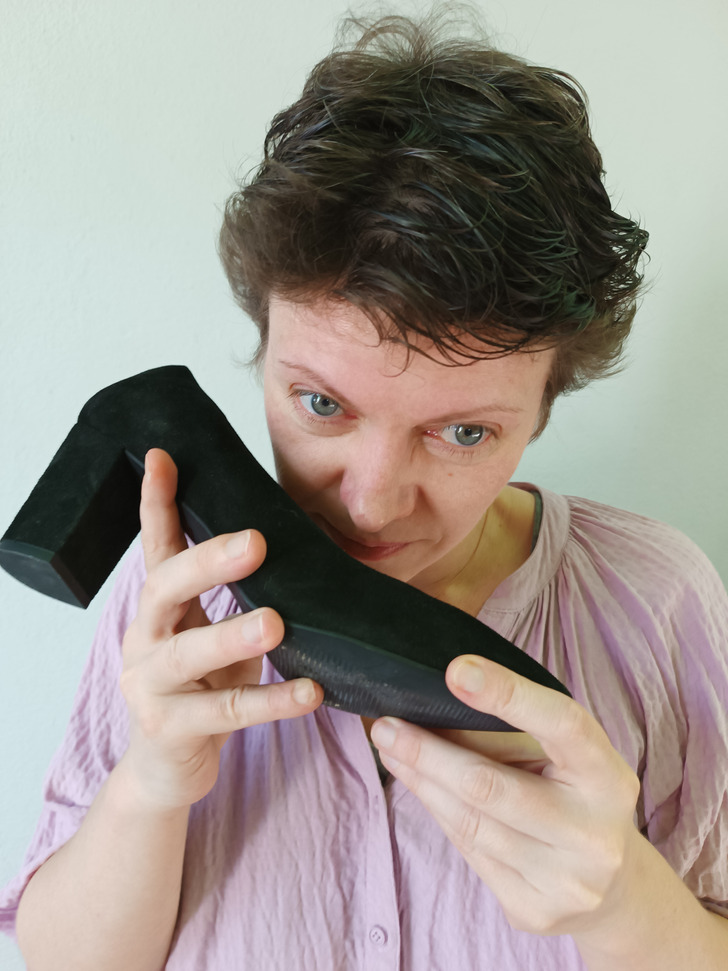
Low-quality and cheap shoes often have a strong chemical odor. It’s best to refrain from buying this pair. But if shoes or boots exude the scent of leather, polish or wood, you’ve found the shoes of high quality.
Take a photo of the shoes.
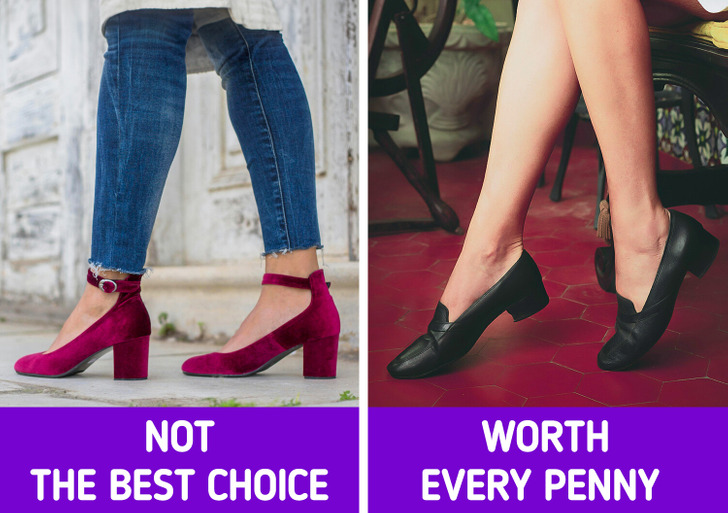
Of course, shoes made of synthetic materials can also be of high quality, especially when it comes to sports models. But good shoes should ideally be made of leather. They are softer and fit better on the foot, which means they will be much more comfortable to wear.
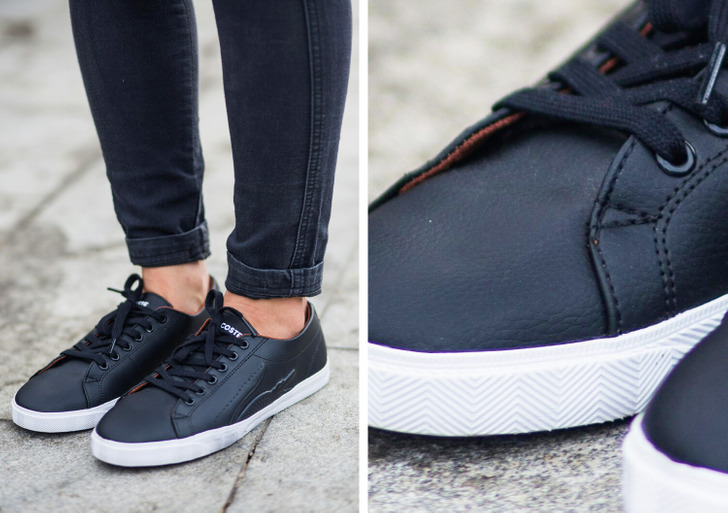
However, the quality of leather also varies. Often, manufacturers don’t mention the type of leather they use to make shoes in order to keep costs down. To determine the quality of the product you are holding in your hands, you need to take a photo of the shoes and enlarge the image. If you can see pores on the leather, you can safely buy the shoes.
Bend the shoe a little bit.
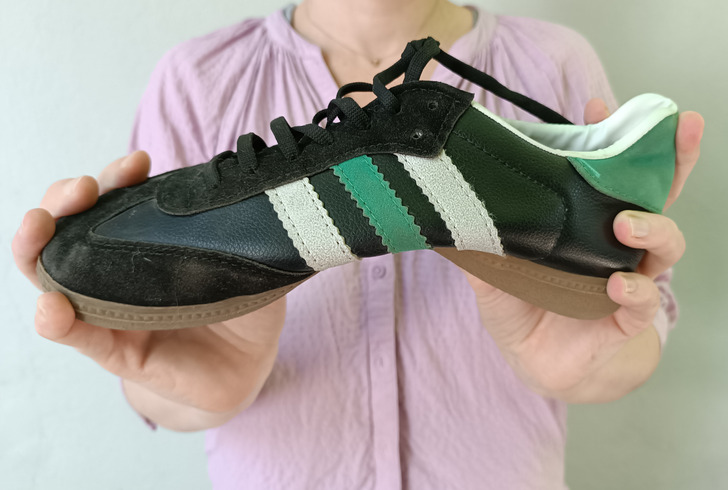
You don’t need to knead your shoes too much, but you can bend the shoe slightly to see how flexible the sole is and whether it remains attached to the upper part when moved. In addition, it’s worth pressing the sides of the shoe a little bit. Throughout the day, our feet usually increase in size a little, so a quality pair should adapt to these changes.
Check how your shoes sound.
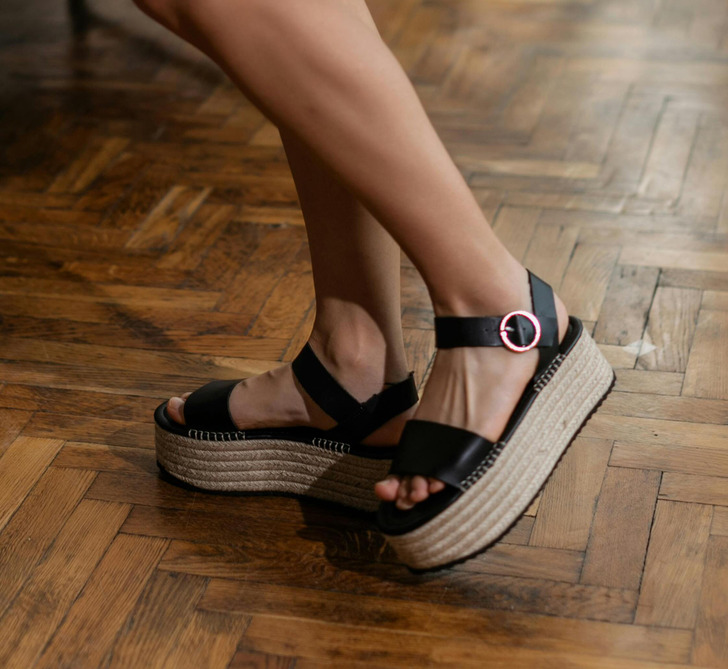
Most shoe shops have soft carpeting on the floor, so it’s a good idea to take a short walk on a harder surface before making a purchase. If the soles and heels make unpleasant clanking noises when you walk, you are likely to be wearing a low-quality pair. And platform or wedge shoes shouldn’t sound like there are voids inside the sole.
Examine the material of the sole and heel carefully.
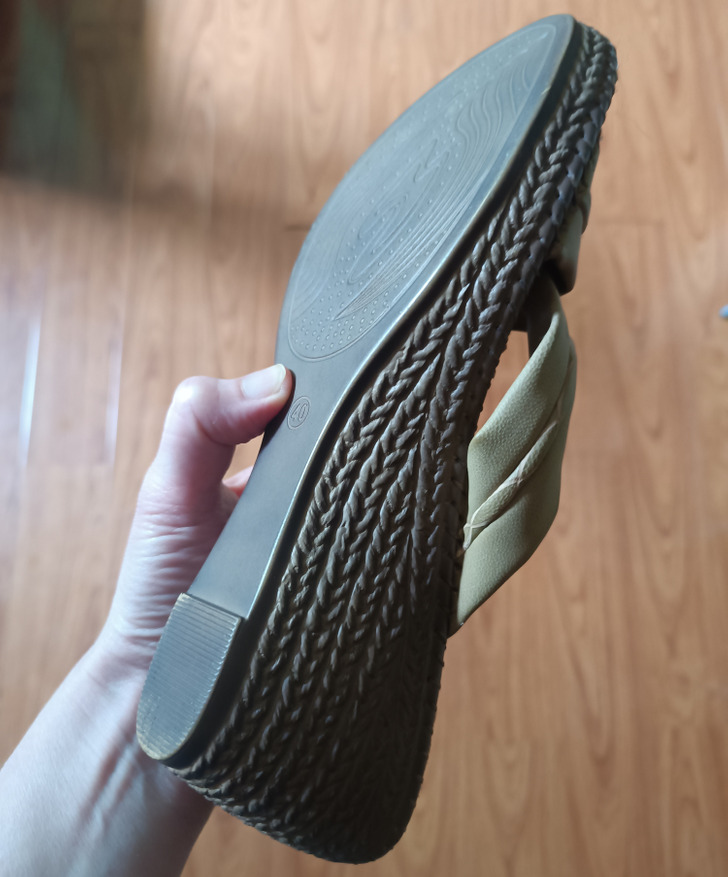
Usually the sole of a really good quality pair is made of leather or good rubber. These shoes are comfortable to wear, and in addition, they almost don’t slip. At the same time, if the base of the sole is uneven, then these shoes will be uncomfortable.
In addition, it’s worth examining the material from which the heels are made. If the manufacturer used plastic or didn’t cover the heel with leather or fabric, then you are looking at a cheap product that is far from being perfect.
Rub the shoes with a cloth.
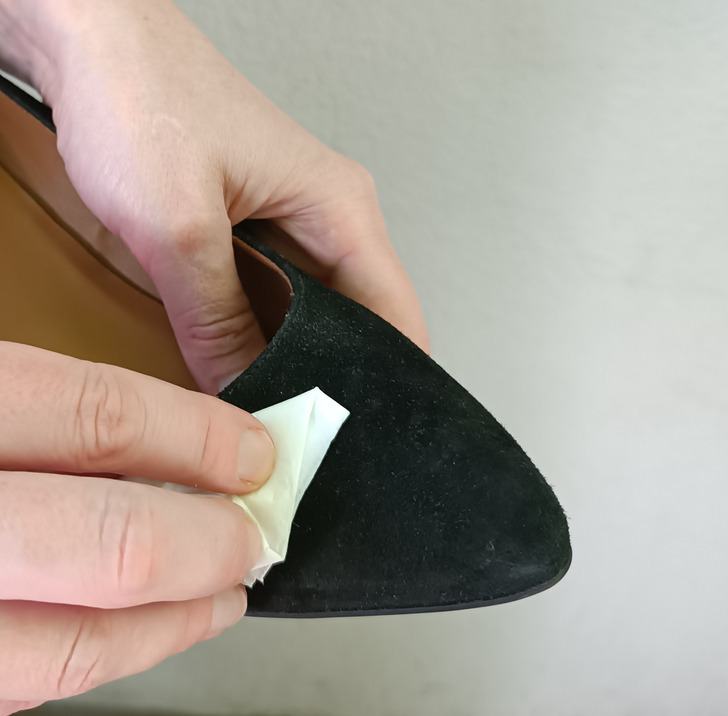
Sometimes manufacturers use poor quality leather dyes, which can leave marks on the skin or clothes. Therefore, before buying, you should carefully rub the shoes inside and outside, first with a dry cloth and then with a damp cloth. If there are no marks on the fabric, the shoes are okay.
And here’s a list of fashionable shoes that are not as cool as they look.
Man Spends $70K To Tattoo His Full Body And Eyeballs, Reveals What He Looked Like Before

Quest Gulliford, a TikTok sensation and cancer survivor with a large tattoo collection, is causing waves with his viral video that exposes his bold dyed eyeballs in addition to his full body tattooing. It’s an astounding exhibition of individualism.
Successfully overcoming Hodgkin’s lymphoma, Gulliford has spent an incredible $70,000 on tattoos since starting his adventure in 2009. In his most recent TikTok video, he describes going through an eyeball tattoo, an experience that needed a great deal of mental preparation. It takes viewers on a visceral journey.

Gulliford stated, “It was definitely high risk, high reward, especially since I’ve wanted it done for so long,” in reference to the procedure’s high stakes. and after three years, I’m still really pleased with it.
He has spent over $70,000 on his distinctive style of self-expression, of which $10,000 is devoted to the modification of his eyes alone.
Gulliford acknowledged, “It took me a long time actually on the day once I walked into the shop to even psych myself up to get it done,” when describing the mental toughness needed on the day of the eyeball tattoo in Houston, Texas. In this non-traditional process, which is more like an injection or alteration than a normal skin tattoo, a needle is inserted into each side of the eyeball.

Unexpectedly, Gulliford disclosed that he intends to see the same tattoo artist the following month to improve his eye ink, demonstrating his dedication to pushing the limits of personal expression.
Among the many tattoos that cover his body, Gulliford proudly sports one that represents his successful fight against cancer. Every tattoo he has, from his first, a cross with the words “God First” on his chest, to his moving purple cancer ribbon commemorating his battle with Hodgkins lymphoma in seventh grade, narrates a tale of perseverance.

Gulliford recalled his health struggle that culminated in his tattoos, saying, “I had a big lymph node growing.” I didn’t give it much thought. It was chemotherapy for around half a year. After that, I felt as though I had superhuman strength.
In a 2019 interview with Inked, Gulliford revealed that when he first started getting facial tattoos at the age of 18, his mother wasn’t happy about it. Even though she finally came around to smaller face tattoos, her qualms were aroused as ink spread onto a larger canvas, leading her to intervene at tattoo parlors to try and discourage artists from doing larger facial tattoos.

Quest Gulliford’s unabashedly honest path of self-expression, characterized by victory over hardship, never fails to enthrall audiences, demonstrating that sometimes the most amazing tales are etched on our flesh.



Leave a Reply